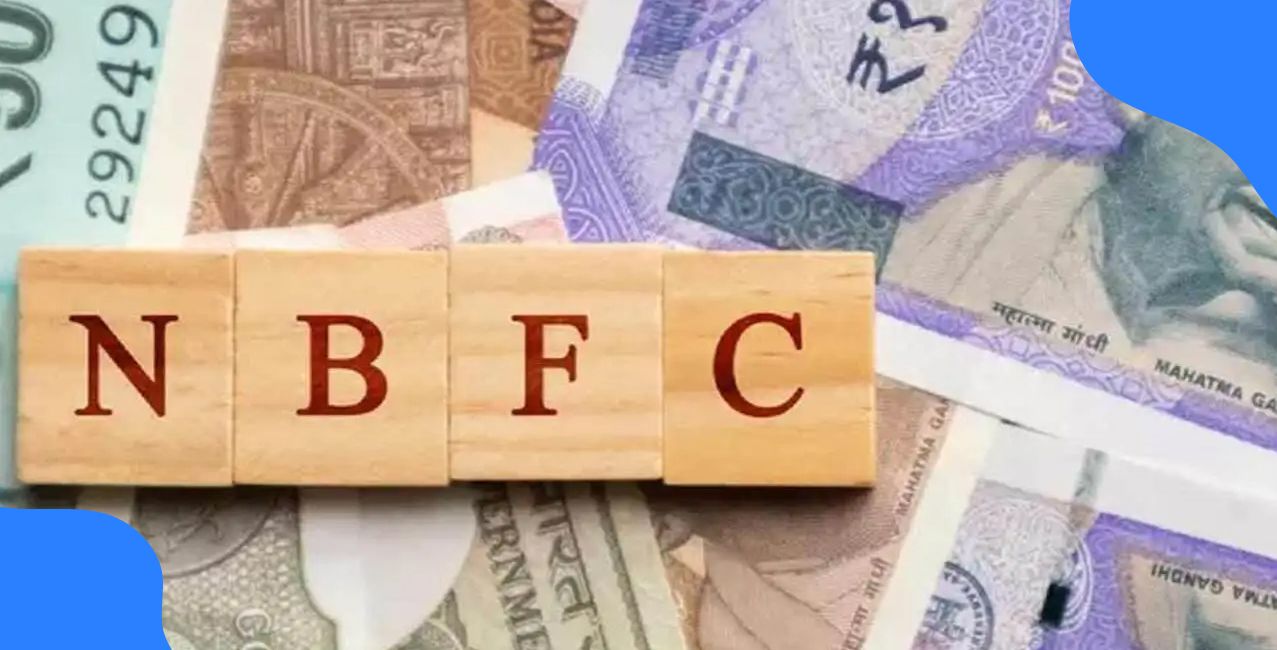
Author
LoansJagat Team
Read Time
4 Min
21 Jul 2025
RBI’s Record Fund Infusion into Banking System Fails to Accelerate Loan Growt
Loan Demand Stays Low Despite High Liquidity
The Reserve Bank of India (RBI) has added a record ₹9.5 trillion to the banking system since early 2025. This was done to help banks disburse more loans and boost the economy.
But even after six months, lending has not picked up much.
Many experts are now asking: If banks have so much money, why aren't they lending more?
According to official data, non-food credit, which includes loans to companies, services, and households, grew by just 9.8% by the end of May 2025. This is a sharp drop compared to 16.2% growth during the same time last year.
A Closer Look at the Fund Injection
The liquidity push from the RBI was not a single move. It was a series of efforts that started in January 2025 and continued through March and April.
Adding earlier measures like CRR cuts, surplus transfers, and open market operations from late 2024, the total liquidity infusion is estimated to exceed ₹9.5 trillion.
Loan Demand Weakens Across Sectors
One reason loan growth is not picking up is the weak demand in the corporate and industrial sectors.
According to RBI’s May 2025 data, industrial loan growth dropped to just 4.9 per cent YoY.
This is a decline from 8.9 per cent a year earlier.
The fall in credit demand suggests that businesses are holding back on investments despite the availability of funds. This also reflects low confidence in the near-term economic outlook.
Strong Balance Sheets, But No Lending Spree
Interestingly, Indian banks are in a healthy financial position. The RBI’s latest Financial Stability Report, released in June 2025, confirmed that the gross non-performing asset (NPA) ratio is just 2.3 per cent as of March 2025.
Capital adequacy, which indicates a bank’s ability to absorb losses, stood at a comfortable 17.2 per cent.
With these numbers, banks should feel safe enough to lend more. But the reluctance remains. Some economists believe that banks are waiting for clearer signs of economic recovery before increasing loan exposure, especially in the industrial segment.
Fresh Rules May Free Up Lending Later
The RBI has taken a new step that could help increase lending in the coming months. In April 2025, it announced new rules for the liquidity coverage ratio (LCR), which decides how much cash banks must keep in reserve.
These relaxed rules will take effect in April 2026 and are expected to free up around ₹3 trillion for banks to lend.
Economists predict that this move could lift credit growth by up to 2 percentage points once implemented. However, that impact may come too late to influence 2025 numbers.
Credit Flow Not Uniform Across Bank Types
Another detail often left out is the uneven pace of credit growth across different banking categories. Private banks and public sector banks are not lending at the same rate.
Recent RBI data shows that private banks are still giving out loans faster than public sector banks, mainly in retail and small business (SME) segments. But even private banks are growing more slowly than they were in 2024.
Public sector banks, even though they have strong finances, are being more careful. Many are focusing on getting back old unpaid loans and following rules, rather than giving out new loans. Some are also placing more money into government bonds instead of lending, especially to big industries.
This shows that banks are reacting differently to the RBI’s extra cash. Their lending plans depend on their goals, past loan problems, and how they see the demand for credit in the economy.
Road Ahead for Loan Markets
The RBI is likely to slow down on adding more money into the banking system for now. After putting in over ₹9.5 trillion, it wants to see how banks and borrowers react before doing more.
For loan growth to really pick up, private companies need to feel more confident and start investing again.
Banks may begin to lend more from early 2026 when the new LCR rules come into effect. Until then, there may still be a gap between the money banks have and the loans they give.
Right now, the focus is on how borrowers respond. Only if people and businesses start taking loans will the RBI’s money support real economic growth.
About the Author

LoansJagat Team
‘Simplify Finance for Everyone.’ This is the common goal of our team, as we try to explain any topic with relatable examples. From personal to business finance, managing EMIs to becoming debt-free, we do extensive research on each and every parameter, so you don’t have to. Scroll up and have a look at what 15+ years of experience in the BFSI sector looks like.

Quick Apply Loan
Subscribe Now
Related Blog Post

LoansJagat Team • 11 Dec 2025

LoansJagat Team • 11 Dec 2025

LoansJagat Team • 12 Dec 2025